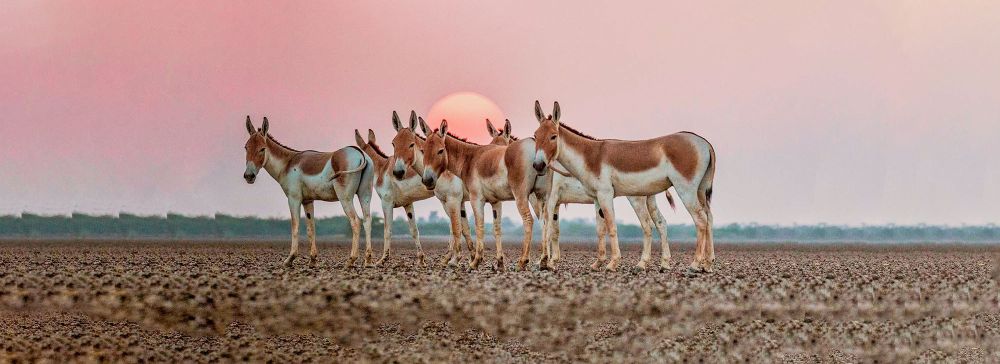

Located in the Little Rann of Kutch in the Gujarat state of India, the Indian Wild Ass Sanctuary has been a fascination for wildlife enthusiasts and tourists for several decades. Established in 1972, the sanctuary spans an area of almost 5,000 square kilometers and is one of the largest wildlife sanctuaries in India. It was set up to protect the Indian wild ass, also known as the Khur, which is an endangered species found only in this region.
For a long time, the local communities and tourists have known the sanctuary for its unique landscape and rich biodiversity. It's the habitat for several endangered species, including the Indian wild ass. Over the years, the sanctuary has received increasing interest and recognition for its efforts in conservation and its role in promoting ecotourism.
As eco-consciousness and nature-based tourism began to take precedence globally, the Indian Wild Ass Sanctuary witnessed a steady growth in the number of visitors eager to explore its vast salt flats, dry grasslands, and wetlands. The sanctuary has been widely featured in nature documentaries, travel shows, and magazines, bringing it into the limelight and contributing to the growth of tourism in the region.
In recent years, there has been a significant shift in tourism trends, with more people looking for sustainable and immersive travel experiences. The Indian Wild Ass Sanctuary has embraced this by offering various ecotourism activities such as wildlife safaris, bird watching tours, and nature photography excursions while ensuring minimal disturbance to the natural habitat and wildlife. Tour operators and local authorities are working in synergy to promote responsible travel and conservation efforts.
Another trend is the increasing use of digital platforms and social media in boosting the sanctuary's visibility. Prospective tourists often gather information and share experiences through online forums, travel blogs, and Instagram, which has contributed to a newer, younger audience discovering the sanctuary. To accommodate this tech-savvy demographic, online booking systems and virtual tours have become more common.
Adventure tourism has also seen a rise, with activities like desert safaris in 4x4 vehicles, camping under the stars, and exploring the unique geographies of the Rann on guided walks. Such offerings cater to the demand for both thrill and education, as knowledgeable guides share insights into the sanctuary's ecosystem and conservation stories, making each visit both exciting and enlightening.
The sanctuary's recognition as a unique haven for wildlife, and its importance for tourism have been solidified by the constant support of the Gujarat government, which promotes it as a key destination in its ‘Khushboo Gujarat Ki’ campaign, spearheaded by Amitabh Bachchan.
Furthermore, with the added emphasis on the welfare of the local communities, there’s been a growth in community-based tourism, where visitors get an opportunity to engage with the indigenous cultures, partake in local customs, and contribute to the local economy.